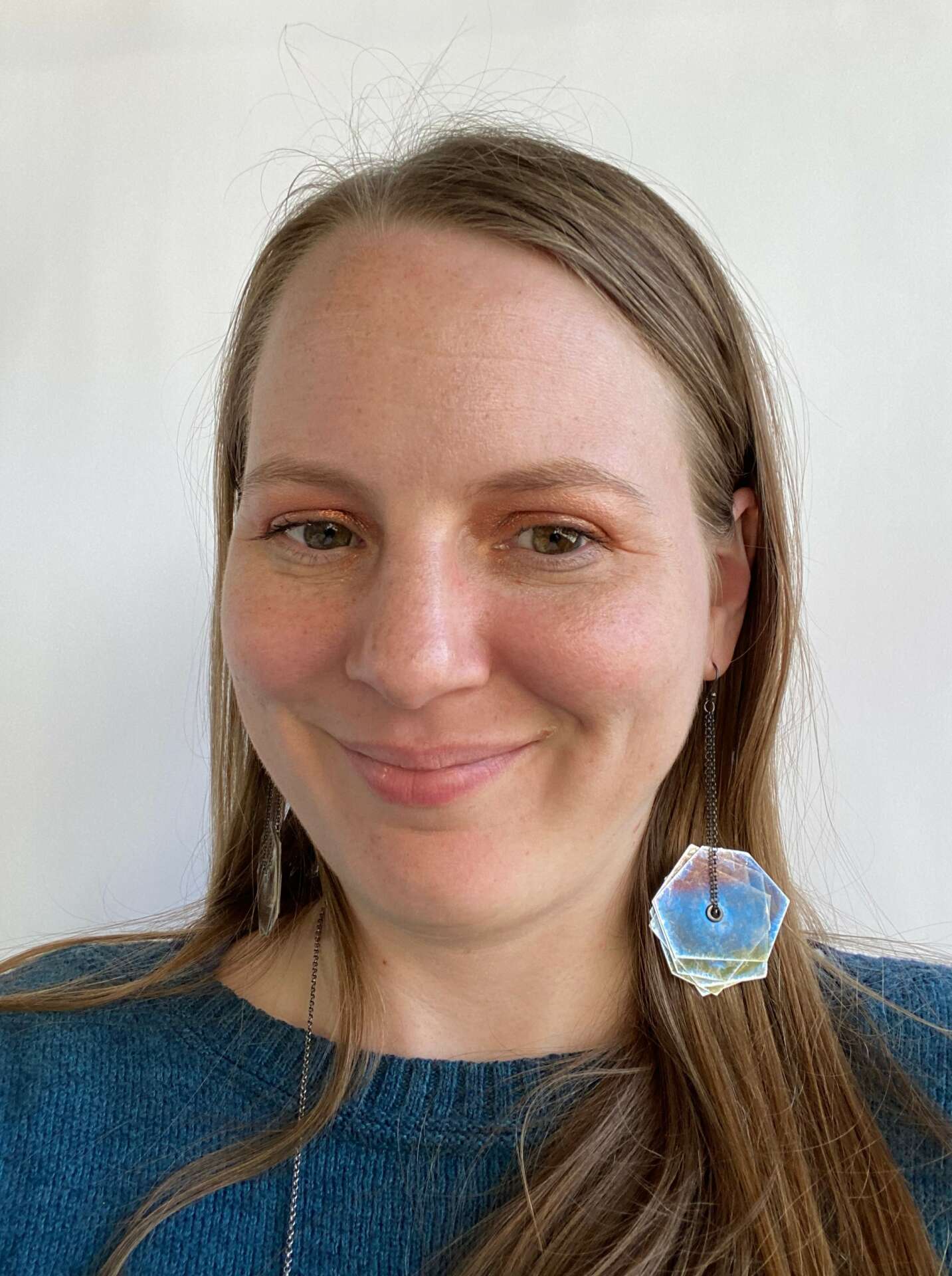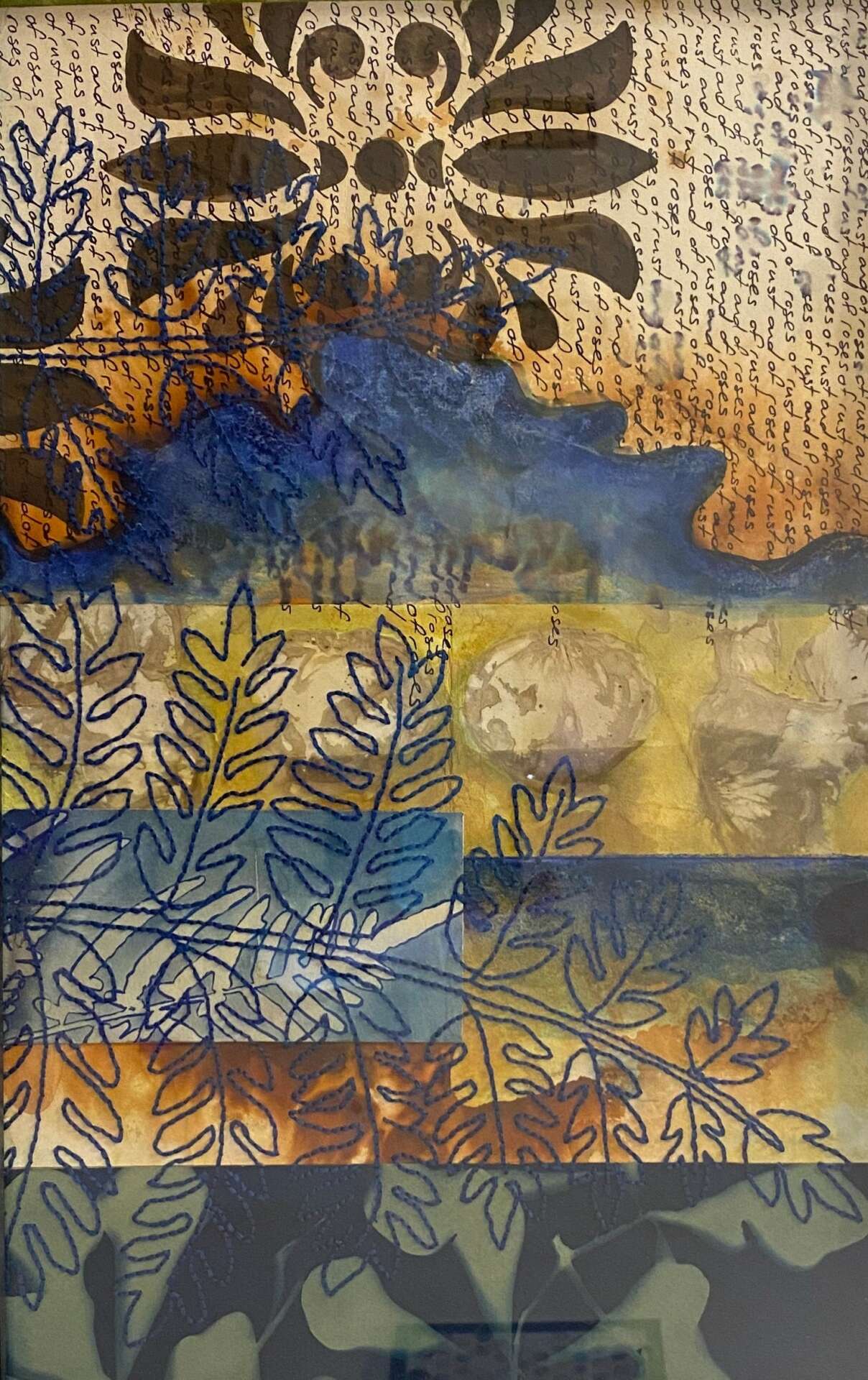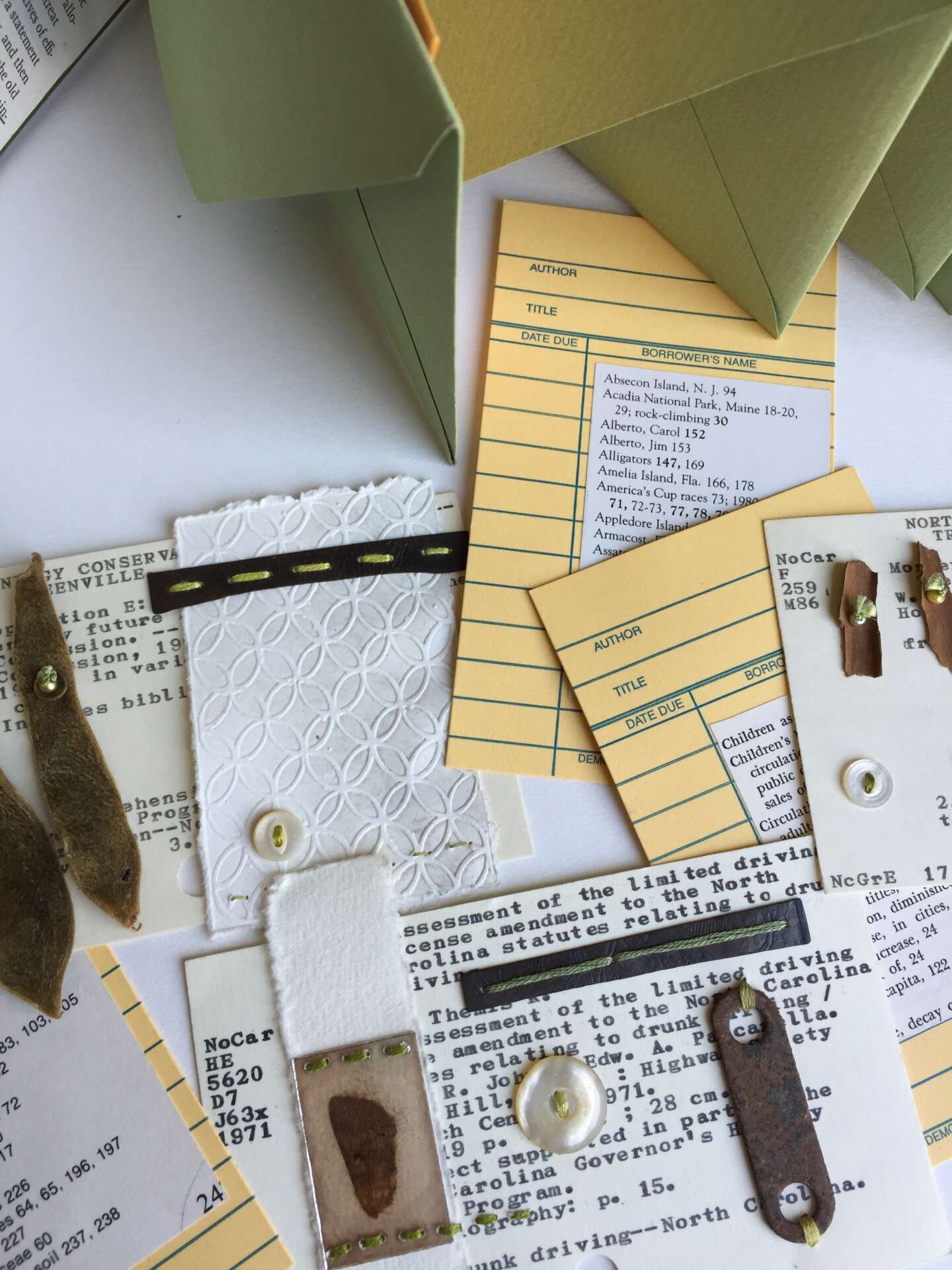We caught up with the brilliant and insightful Liz Steiner a few weeks ago and have shared our conversation below.
Liz, thanks for joining us, excited to have you contributing your stories and insights. How did you learn to do what you do? Knowing what you know now, what could you have done to speed up your learning process? What skills do you think were most essential? What obstacles stood in the way of learning more?
When I was young, I taught myself a lot our of books and magazines. I started out making beaded jewelry because that was what I had some access to. This was early early internet days, and pre-YouTube. It was faster to look in a book than online. Then I pursued an art degree in college, majoring in Jewelry/Metals and Enameling at Kent State University. I had no idea what I was getting into, and I learned a ton! Not just about metalsmithing, but history, making work with concepts and I was exposed to a wide variety of media. I went on to earn an MFA in Metal Design, but grad school is where I learned book making and printmaking. Art school was absolutely the right path for me, but these days I think there’s more paths to the same end, if you don’t actually want or need that piece of paper. There’s non-profit craft schools all over the country where you can take workshops either online or in person, there’s community level learning spaces, apprenticeships are making a comeback, and of course there’s thousands, if not millions of resources on the internet.
I think the most essential skills I’ve learned are how to write about my work, how to deal with fractions when measuring, and how to use a jeweler’s saw. You can cut anything with a jeweler’s saw.
Obstacles to learning more are time and money. If I could afford it, I’d still be in school.



As always, we appreciate you sharing your insights and we’ve got a few more questions for you, but before we get to all of that can you take a minute to introduce yourself and give our readers some of your back background and context?
I’ve always been a maker, as far back as I can remember. I started making jewelry when I was fairly young, stringing plastic pony beads on ribbon. I advanced to bead weaving, and later bought a wire working kit with my birthday money when I was 16. I started selling my jewelry when I was 16 and working at a frame shop/art gallery. I spent a good chunk of my life in academia, earning two degrees in jewelry metals. These days I do some teaching, some professional writing and some curating. I split my time in the studio between production pieces and one of a kind conceptual work and I go back and forth between jewelry and bookmaking. My current goal is to bring these two media together.
I’m a big believer in craft and the handmade. There’s so much jewelry out there and so much of it looks the same. It’s boring. I want to make jewelry that makes people feel good when they put it on: powerful, or beautiful or confident. I use a lot of non-traditional materials, so there’s an element of elevating the non-precious to the precious. I’m a nature lover, a magpie and a collector, and my work reflects that. I pick stuff up off the ground and make it wearable, or re-invent vintage pieces and parts. Many of my pieces are one-of-a-kind because of the found objects I use.



What can society do to ensure an environment that’s helpful to artists and creatives?
I think the best thing society can do to support creatives, or at least visual creatives is to stop buying mass produced wares or start buying less mass produced objects. Yes, most of the time they’re cheaper and easier to access, but most artists I know have a range of price points. You can find an artist who has work in your price range. Or save and invest in something hand made that will last you the rest of your life and bring you joy everyday. Go to museums and galleries, take the time to look at the public art in your town. Humans have always made art and we always will. I think it enriches your life if you learn to appreciate it.
Can you share a story from your journey that illustrates your resilience?
I think so much of “making it” as an artist is just not giving up. I’ve lost track of how many times I’ve had to move my studio, and there were long stretches where I had to adjust the work I was making because I didn’t have access to certain tools or equipment. I’ve had to handle tons of rejection and a good bit of financial insecurity, but I’m still making. Not everyone can say that.
Contact Info:
- Website: http://lizsteiner.squarespace.com/
- Instagram: @lrsteiner
Image Credits
Liz Steiner


